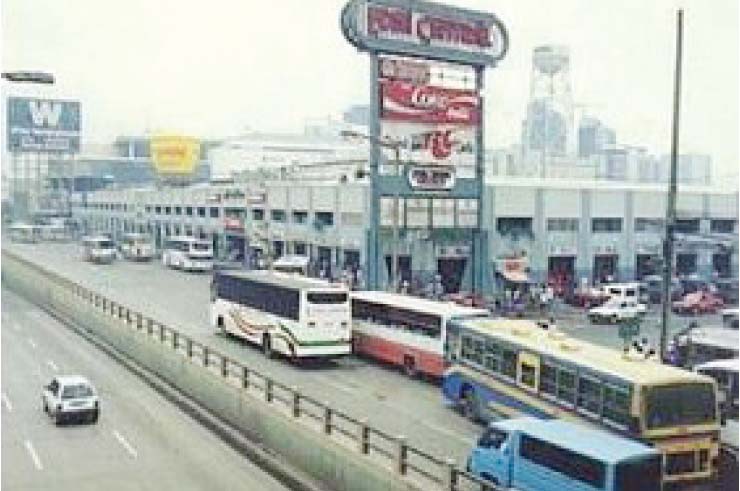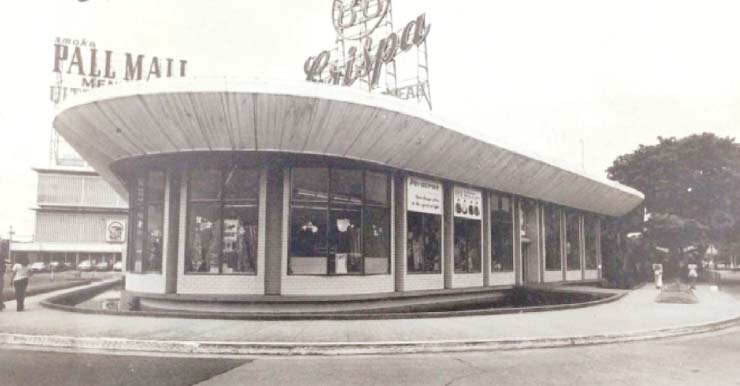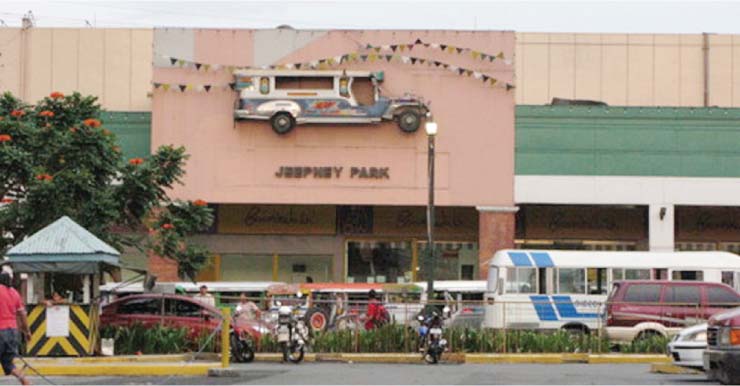EDSA Central used to be a congested wet and dry market as vendors lined the sidewalks. A part of it was a terminal station.
The only inevitable thing in life is change, and it has indeed come for urban dwellers in Metro Manila today by way of rapid business, commercial and infrastructure developments.
While the capital city is facing the challenges of increased population and daily activity, the private sector has responded by partnering with the government in developing communities that are more sustainable and geared toward the long-term welfare of its inhabitants.
One such city center that is emerging as a nexus of positive change is Mandaluyong City, where veteran real estate developer Greenfield Development Corp. is creating a metropolis of the future with its master planned Greenfield District development.

Residents and workers this side of the metro, along with visitors and commuters that pass by its central location, have witnessed the change in what used to be popularly known as the EDSA Central transportation hub in the past decades.
As part of Greenfield’s commitment to developing land for the benefit of future generations, it went to the drawing board some years back to revisit its prime piece of property bound by the major thoroughfares of EDSA and Shaw Boulevard in Mandaluyong City.
“Greenfield has always developed property with the future in mind,” explained Atty. Duane A.X. Santos, EVP and GM of Greenfield.
While for many years, the area had served good use as a strategic convergence point for commuters especially when the MRT Line 3 was constructed almost 20 years ago.
“We had to start reassessing its optimum use given the changing landscape of the metro,” Santos said.

EDSA Central before malls rose in the area.
Greenfield District was conceived as a breath of fresh air right in the middle of Metro Manila. In fact, the Shaw MRT station is technically the central point of the stretch of the MRT link along EDSA.
The 15-hectare area that includes the transport terminal and mall began being redeveloped into a mixed-use center that includes residential condominium, commercial and office structures.
Moreover, the District was also designed to be “future-proof” with an integrated fiber-optic broadband Internet backbone — even way before the technology was popular in the country.
“Greenfield District is a ‘smart’ community that was ahead of its time when we launched it,” noted Santos.
Despite challenges as to investment in infrastructure and sales, Greenfield held on to its vision and it eventually paid off. Twin Oaks Place, the first fiber optic-to-the-home (FTTH) living concept, is now the pioneering residential community, as more people started to realize the benefits of a “future-ready” lifestyle that enables unparalleled Internet connectivity and remote home automation, among other benefits.
“The ‘Greenfield Effect’ is designed to make a positive difference in the community and in the lives of Filipinos,” explained Santos.
Today, the ‘Greenfield Effect’ is apparent in how the District has emerged as a convergence point of business, commerce and socio-civic activity in the metro. Its open spaces and greenery is a welcome sight amid the urban jungle, and its weekend market has become an attraction that brings in visitors and patrons.
SOURCE: newsbits.mb.com.ph

